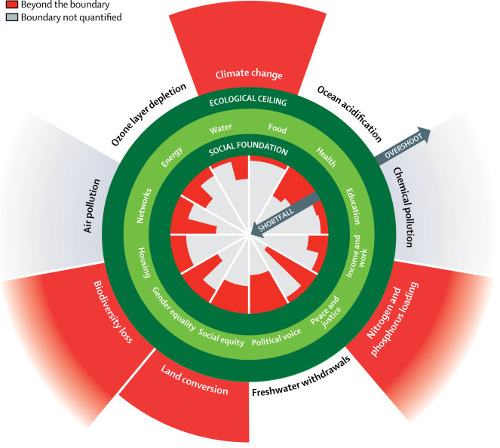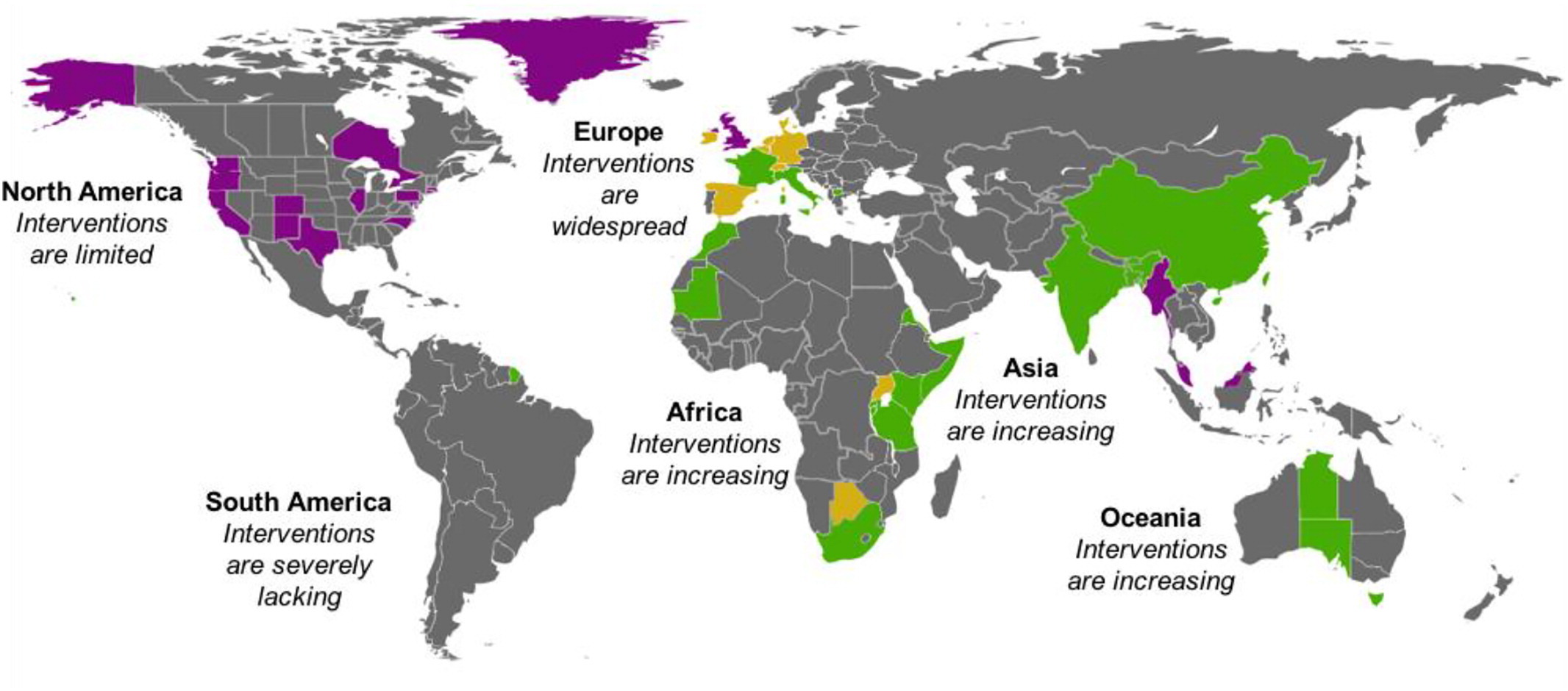Elsevier, JOGNN - Journal of Obstetric, Gynecologic, and Neonatal Nursing, Volume 46, May 2017
Innovative programs introduced in response to the Millennium Development Goals show promise to reduce the global rate of maternal mortality. The Sustainable Development Goals, introduced in 2015, were designed to build on this progress. In this article, we describe the global factors that contribute to maternal mortality rates, outcomes of the implementation of the Millennium Development Goals, and the new, related Sustainable Development Goals. Implications for clinical practice, health care systems, research, and health policy are provided.
Elsevier, Building and Environment, Volume 117, 15 May 2017
It is no secret to anyone living in Beirut or a similar modern city in a semi-arid tropical country in the summer that their home has become a concrete forest and an urban heat island. Old wood or stone houses and their gardens have been replaced by concrete towers and parking lots, in the name of development. The result is searing summer nights, a drastic loss of insect and avian biodiversity, and a large increase in energy usage for interior climate control. These problems are experienced in rapidly developing urban centers worldwide.
Elsevier, Biological Conservation, Volume 209, 1 May 2017
The increasing popularity of marine wildlife tourism (MWT) worldwide calls for assessment of its conservation outcomes and the development of appropriate management frameworks to ensure the conservation of the species and habitats involved as well as the long-term sustainability of this industry. While many studies have examined the positive and/or negative implications of particular forms of MWT, few have attempted to identify factors of concern shared across different types of marine tourism, or examine their implications for sustainability in a broader perspective.
Elsevier, World Development, Volume 93, 1 May 2017
Open defecation is a major global health problem. The number of open defecators in India dwarfs that of other states, and most live in rural places. Open defecation is often approached as a problem scaled at the site of the individual, who makes a choice not to build and/or use a toilet. Attempts to end rural open defecation by targeting individuals, like social marketing or behavior change approaches, often ignore the structural inequalities that shape rural residents’ everyday lives.
Elsevier, Ecological Economics, Volume 135, 1 May 2017
Our study illustrates how consumer social risk footprints can assist in achieving the Sustainable Development Goals (SDGs). Combining the Social Hotspots Database (SHDB) and the Eora global multi-regional input-output table, we use input-output analysis to calculate a consumer social risk footprint (SF) of nations’ imports.
Elsevier, Children and Youth Services Review, Volume 76, 1 May 2017
India has the world's highest burden of child undernutrition. Lack of income is considered as one of its primary causes. However, evidence suggests that despite steady economic growth and investments in social services directed towards child welfare, undernutrition rates continue to rise. Thus indicating, that there are other societal factors impacting child undernutrition. Previous studies indicate that countries with higher gender inequality have worse health outcomes for women and children.
Elsevier, Sustainable Cities and Society, Volume 31, 1 May 2017
Urban water and energy systems are crucial for sustainably meeting basic service demands in cities. This paper proposes and applies a technology-independent “reference resource-to-service system” framework for concurrent evaluation of urban water and energy system interventions and their ‘nexus’ or ‘interlinkages’. In a concrete application, data that approximate New York City conditions are used to evaluate a limited set of interventions in the residential sector, spanning from low-flow toilet shifts to extensive green roof installations.
Elsevier, Marine Pollution Bulletin, Volume 118, 15 May 2017
Marine plastic pollution has been a growing concern for decades. Single-use plastics (plastic bags and microbeads) are a significant source of this pollution. Although research outlining environmental, social, and economic impacts of marine plastic pollution is growing, few studies have examined policy and legislative tools to reduce plastic pollution, particularly single-use plastics (plastic bags and microbeads). This paper reviews current international market-based strategies and policies to reduce plastic bags and microbeads.
Elsevier, Evolution and Human Behavior, Volume 38, May 2017
Grandparenting has been proposed as an ultimate evolutionary mechanism that has contributed to the increase in human life expectancy (see the grandmother hypothesis). The neural and hormonal system – originally rooted in parenting and thus grandparenting – that is activated in the process of caregiving has been suggested as a potential proximate mechanism that promotes engagement in prosocial behavior towards kin and non-kin alike. Evidence and theory suggest that activating this caregiving system positively impacts health and may reduce the mortality of the helper.



